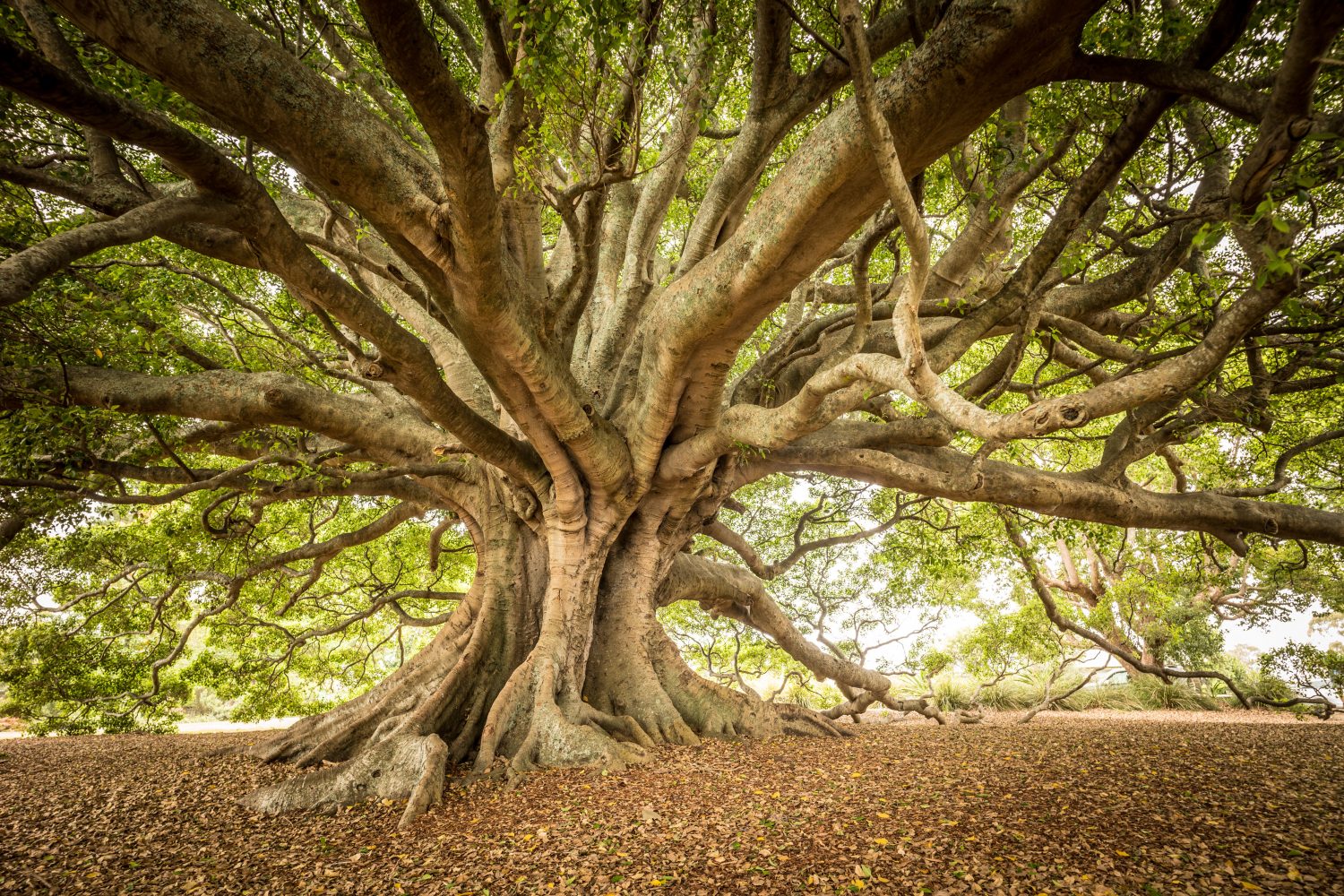
Immersing in Nature: The Healing Power of Nature Bathing
After today’s walk, I do not hop in the shower, percolate coffee or assemble something relatively healthy for breakfast. I collapse on the couch, my lower back groans as if to say “can we please not do that again tomorrow?”. But my lower back cannot know that walking on these legs is all there is, that we are in the middle of a lockdown, the shops are closed, gyms are closed, everything is closed. I collect a slice of day two funghi pizza from the fridge, which I don’t possess the energy to reheat. An Apple alert on my phone screen tells me my daily screen time has gone up 35% since last week. I toss it across the room. Then, a few minutes later, ashamedly drag my body over to collect it.
I am sick of my small studio apartment, of these four walls: has your screen time gone up this lockdown?
Once again, the world we know has been choked by silence, a bleak and perpetual four-pm inertia. Outside my bedroom window, there is concrete for as far as I can see. I step into my walking clothes again, which are in a pile in the corner from where I stepped out of them yesterday. I click play on a mindfulness podcast recorded from New York in the peak of the COVID-19 outbreak last year. After several spanning Zoom interviews, the host of the show offers the Japanese concept of ‘Nature Bathing’ as an antidote to New Yorker’s physical and mental confinement.
Have you heard of horticulture therapy? Are you aware of the psychological benefits?
The Japanese practice is called shinrin-yoku, in which Shinrin translates to “forest,” and yoku to “bath.” Therefore shinrin-yoku denotes immersing oneself in a natural atmosphere and taking this environment in through all the senses. It was first developed in Japan after the second world war, in the late seventies, in response to the mass urbanisation of the country. Medical professionals had observed a significant decline in mental and emotional wellbeing in those exposed to these profoundly urbanised areas.
While many of us have been born in cities, our Lockdowns have meant we have spent an abnormal amount of time inside and online. It is an unnatural shock not at all dissimilar to what the Japanese experienced in the post war period. Perhaps we could pause to understand and integrate their strategies? The strategies Japan continues to maintain and reap the benefits of in today’s modern world.
Taking time out in natural landscapes is proven to improve our internal landscape.
In Japan, Nature Bathing is not only considered a legitimate therapy but is the cornerstone of preventive health care and healing¹. Extensive research reveals the health benefits of spending time amongst the trees, suggesting forest bathing incites calming neuro-psychological effects by altering the nervous system. Think of it like nature’s pharmacy, where as little as fifteen minutes of mindful exposure to nature works to reduce the stress hormone cortisol, boost the immune system and improve mental clarity. Each and every study thus far has revealed in participants a reduction in anxiety, anger, stress, depression and sleeplessness.
There is a big difference between running around the park and bathing in nature.
But I do this all the time? I think to myself. Every single morning when I take my body around the bending Yarra or Botanical Garden Track. And I don’t seem to experience the profound euphoria the podcast host is alluding to. At home I type Nature Bathing into a search engine only to realise that my long morning walks do not come close to meeting the criteria. Firstly, I always listen to a podcast because I have always thought it wasteful not to use the time to improve on myself. Secondly, I can almost always see a path. Thirdly, I have a destination in mind. And, finally, I speed walk.
Never have we been so far from merging with the natural world and so divorced from nature.
You don’t need one of the forty-four recognised Shinrin-Yoku forests of Japan to enjoy the benefits of Nature Bathing. It can be accessed anywhere, even by those of us dwelling in the metropolis. What is fundamental to enjoying the benefits is putting away, switching off or (ideally if you know your way around) leaving behind your device and headphones. Emancipate yourself from the online world. At first this may be challenging but this kind of switching off is very necessary to our day to day wellbeing, relationships and productivity. Don’t set any kind of time limit, rigid path or definitive destination. Walk slow, even sit! The priority is to enjoy the process and experience the natural environment through your senses.
You don’t need a forest, just a tree will do.
My ‘intimate partner’ suggests we get some take away breakfast before our work-from-home day starts. The place he has in mind is a bagel shop I have been to only once before. According to google maps, between the bagel shop and my apartment lie four large gardens whose corners come very close to touching. I slide my phone to aeroplane mode, leave my headphones bundled on my bedside and put on warm clothes because it’s a freezing Melbourne day. Somewhere, around the third garden, a large, old, twirling Moreton Bay Fig stops me in my tracks and engulfs my sky. I stand here for…I cannot tell you exactly. But it is until it all falls away and it is just me and this big, living tree and I feel a very particular surge of something, a mixture of nostalgia and awe, which makes me very glad to be alive.
